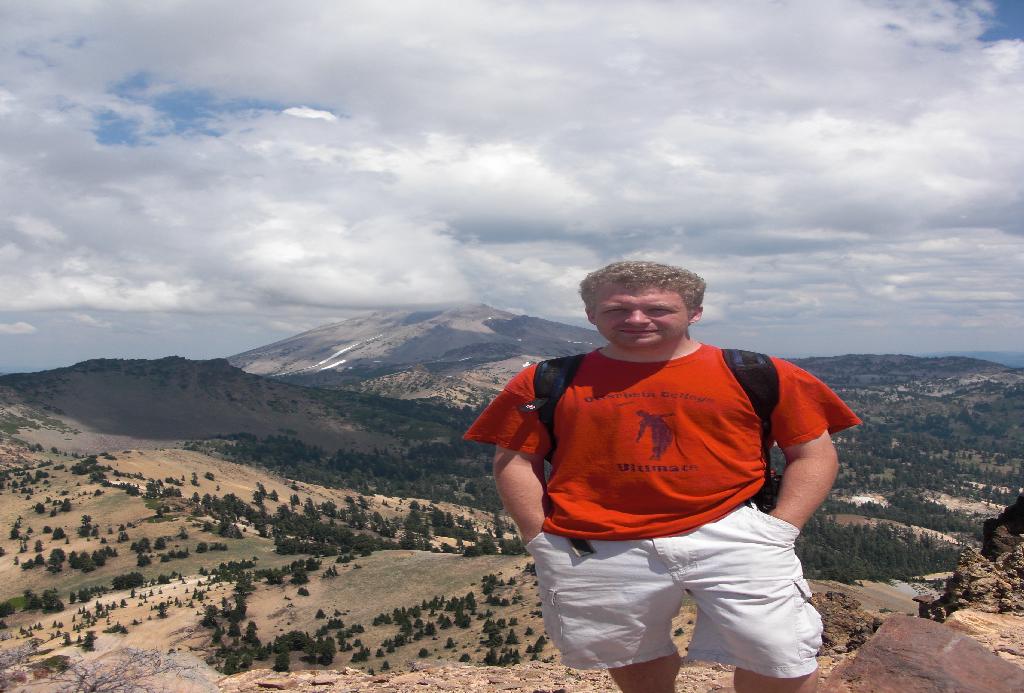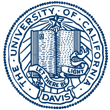
This REU program was funded through NSF PHY-0649297.
Muir Woods and Point Reyes
This year a trip to Lick Observatory fell through at the last minute. Instead we took a two-mile walk among old-growth redwood trees at Muir Woods, then drove north to see the Pacific Ocean and assorted wildflowers at Point Reyes. The most persistent students walked a mile along the windy beach and came to a horde of seals at the entrance to a narrow bay. (Others turned back slightly too soon, thinking no seals were to be found.)
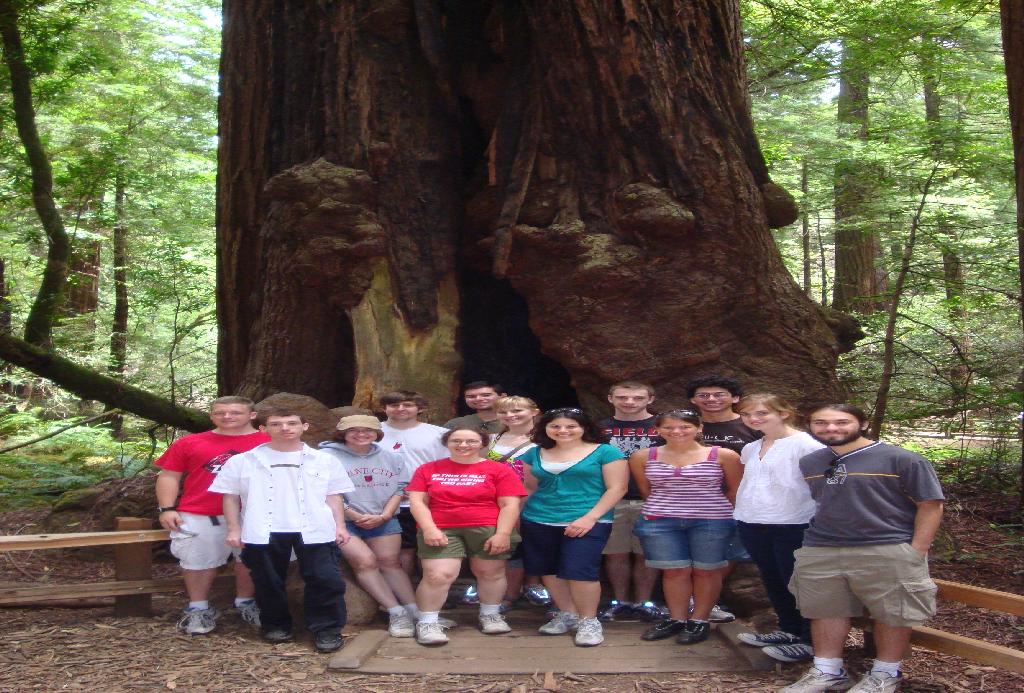
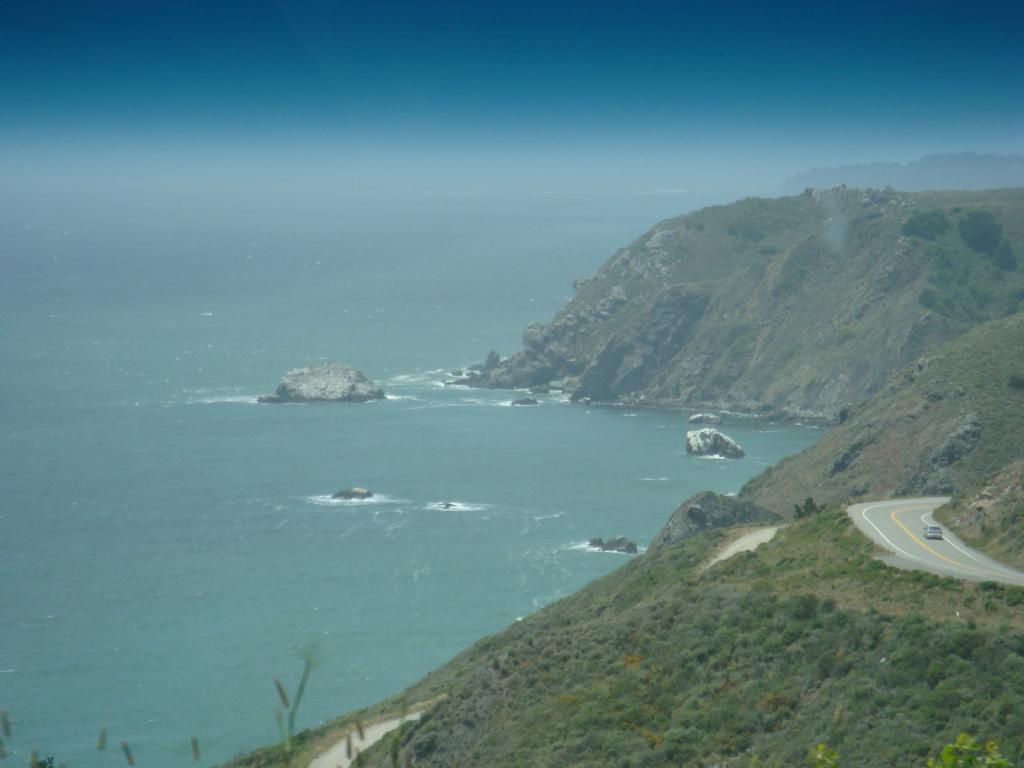
Crocker Nuclear Laboratory
In the late 1930's, Ernest Lawrence directed the construction of the largest cyclotron in the world, 60 inches in diameter. The machine was used in the discovery of many actinide elements. After it had been superseded by even bigger accelerators, the fledgling UC Davis physics department inherited its magnet and constructed its own cyclotron around it. The Davis cyclotron continues to operate, for work from eye surgery to air quality testing to gauging how cosmic radiation affects scientific equipment.
Lawrence Berkeley National Laboratory
In the hills above the UC Berkeley campus seventy years ago, the first cyclotrons created new heavy elements and isotopes, and played a crucial role in World War II by prototyping a process for separating uranium isotopes. A series of Nobel Prizes went to the scientists involved. The laboratory remains involved in cutting-edge science, although the focus has shifted towards condensed matter/materials science and computational physics. We toured the Advanced Light Source, which now occupies the large cyclotron building, and the National Center for Electron Microscopy. After leaving LBNL, we drove up to a small botanic garden in Tilden Park which features plants native to all parts of California. We then walked through part of the Berkeley campus on our way to dinner at an Ethiopian restaurant. Pictured below: one of the electron microscopes, and the support structure with massive air bearings used for vibration isolation.
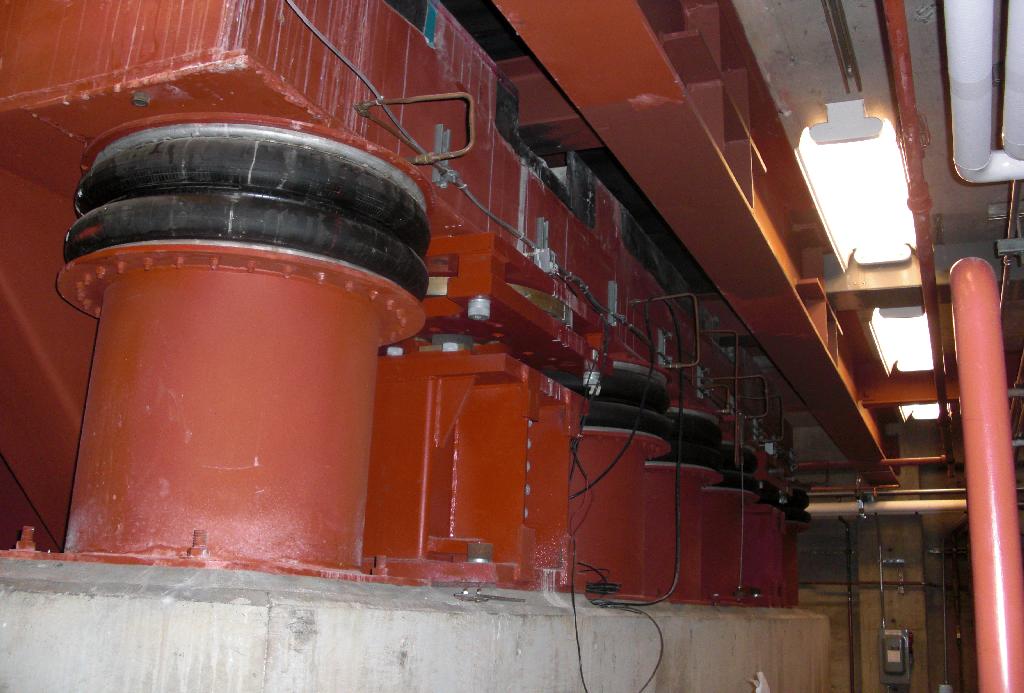
Career Day at IBM
We participated in the Career Day organized by the Center on Polymer Interfaces and Macromolecular Assemblies (CPIMA) REU program. CPIMA includes scientists at Stanford, IBM, UC Berkeley, and UC Davis; and CPIMA students at UC Davis sometimes attend our program's field trips and other events. The program included three panels on types of science careers: teaching (from high school through university level); industry; and non-traditional (including law and scientific art). There was also an overview of IBM's role in research, and a time slot where students signed up for tours of different labs. On the way back to Davis, we stopped at an Indonesian restaurant in Berkeley.
Hat Creek Radio Observatory and Lassen Volcanic National Park
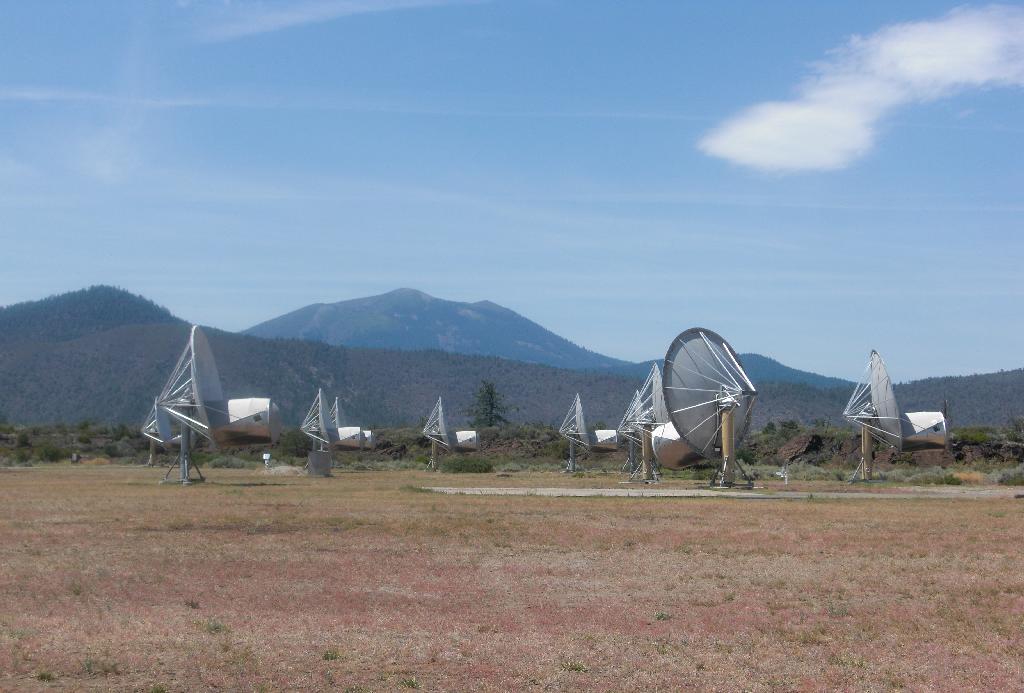
The telescope array at Hat Creek Radio Observatory, run by UC Berkeley, serves two purposes: searching for signals from other intelligent life in the universe, and doing radio astronomy research. Our tour guide opened up one of the dishes to show the toothed detector within, with different sized teeth responding to different frequencies. The isolated location of the observatory is a deliberate attempt to reduce man-made radio interference. Cell phone signals, for example, not only can overwhelm true astronomical signals but also can damage the electronics within an opened dish. A few of the telescopes are shown above.
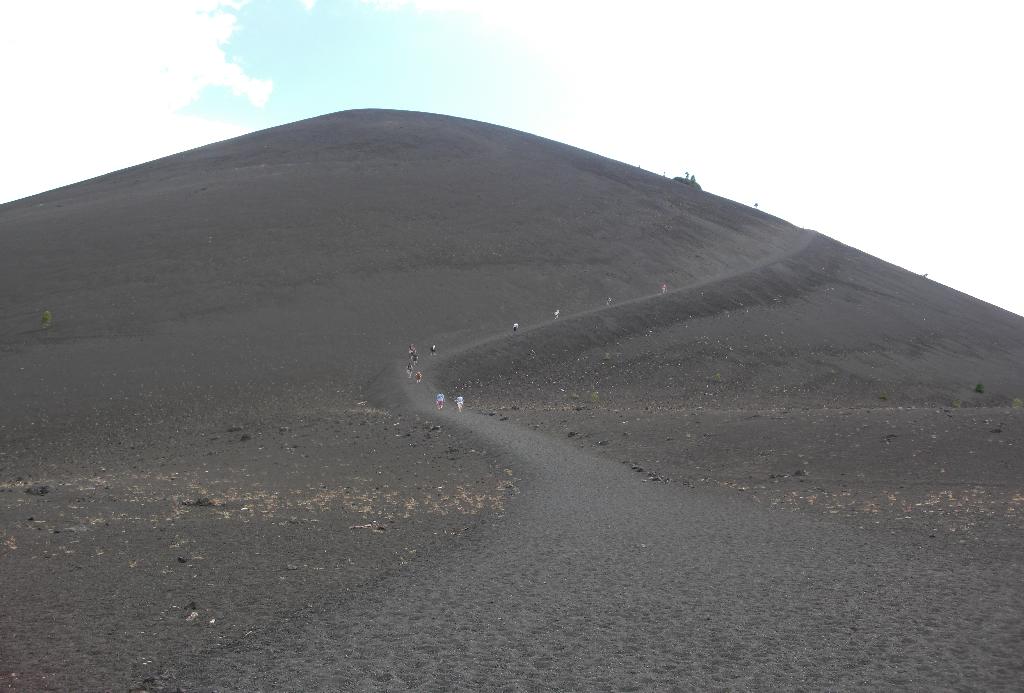

At Lassen we hiked up Cinder Cone (above left), a 700-foot-tall pile of ash. Cinder Cone created itself from a volcanic eruption, and after peaking at the rim of the cone, the trail continues down into the crater. Nearby are colorful beds of oxidized lava (above right). We watched distant flashes of silent lightning during dinner, which was cut slightly short by scattered raindrops. Fortunately it only rained in earnest later, well after everyone was safely in tents for the night. On Sunday we hiked up Brokeoff Mountain, eating lunch at the summit. (Below left: Brokeoff from early on the trail. Below right: atop Brokeoff, with Lassen Peak in the background.) The views, although good, were not as clear as they can be. This was probably because of forest fires that started during the night. Eventually these fires burned thousands of acres east and south of the park and led to road closures and evacuations in areas we had visited on Saturday.

